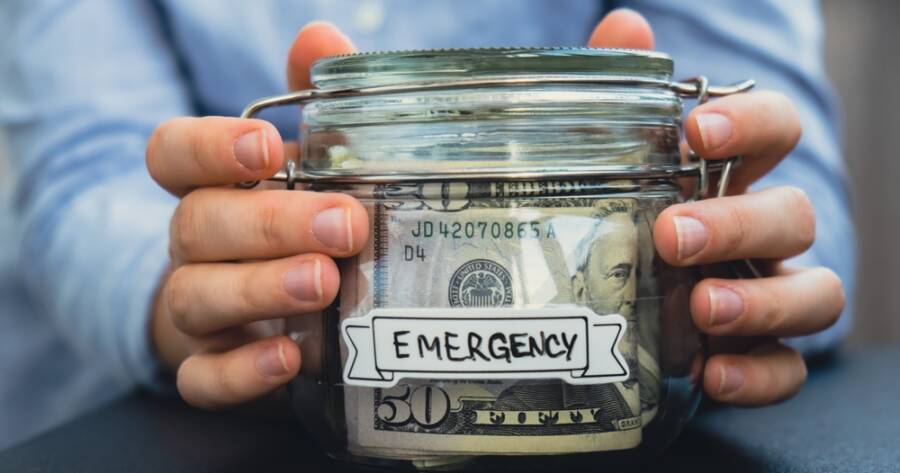An emergency fund acts as a financial safety net, providing peace of mind and stability when unexpected expenses arise. Whether it’s an unforeseen medical bill, car repair, or job loss, having funds set aside can help you manage surprise costs without going into debt. Building an emergency fund may seem challenging, but with small, consistent steps, it’s not only possible, but well worth it!
What Is an Emergency Fund and Why Is It Important?
An emergency fund is a dedicated savings account set aside to cover unexpected expenses, offering a layer of financial security in times of need. Unlike regular savings, emergency funds are specifically intended for unplanned costs, such as medical bills, urgent home repairs, or unexpected job loss. The purpose of this fund is to protect you from high-interest debt and financial instability, allowing you to manage emergencies without derailing long-term financial goals.
Financial experts recommend keeping the fund easily accessible in a high-yield savings account. By distinguishing emergency funds from general savings, you have a designated safety net that provides peace of mind and enables you to navigate life’s challenges without financial stress.
Why You Need an Emergency Fund: Key Benefits
An emergency fund serves as your first line of defense against financial hardship, providing essential security when faced with sudden expenses. Without a dedicated fund, unexpected costs may force you to rely on credit cards or loans, leading to high-interest debt. An emergency fund also reduces stress and improves financial stability, giving you more control over your finances during unpredictable times.
Additionally, having this fund in place can help prevent setbacks in achieving long-term goals, such as retirement savings or home ownership, by minimizing the need to dip into these investments. Knowing you have funds reserved for emergencies also enables more flexibility, empowering you to make decisions with confidence, even when life throws you a curveball.
How Much Should You Save in Your Emergency Fund?
The amount to save in an emergency fund varies depending on your lifestyle, monthly expenses, and financial responsibilities. As a general rule, financial experts suggest having three to six months’ worth of living expenses set aside. If you’re self-employed or have irregular income, aiming for a larger cushion—up to 12 months of expenses—may be wise.
Start by calculating essential monthly costs, including rent or mortgage, utilities, groceries, and insurance, then multiply this amount by the months of savings you need. While building an emergency fund can take time, even a small amount is better than none. Start with a realistic goal, like $500 or $1,000, and gradually increase your target as you progress.
Steps to Start Building Your Emergency Fund
Building an emergency fund can be manageable with a few simple steps and consistent habits. Begin by setting a clear savings goal based on your monthly expenses, and aim to save a fixed amount each month. Automating deposits to a separate savings account helps build your fund effortlessly and minimizes the temptation to spend it. Look for ways to cut back on non-essential expenses, such as dining out or subscriptions, and redirect those savings to your emergency fund.
Additionally, consider using windfalls, such as tax refunds or bonuses, to boost your fund. By prioritizing small but consistent contributions, you’ll gradually build a robust financial cushion, preparing you for whatever unexpected challenges may come your way.
Be Prepared For Anything
Building an emergency fund is one of the best financial steps you can take to protect yourself from unexpected expenses and reduce financial stress. With a dedicated fund in place, you can navigate life’s surprises confidently, knowing you’re prepared for any financial curveballs.
Start small, stay consistent, and watch your fund grow over time. By making this a priority, you’re securing a more stable financial future and peace of mind for whatever lies ahead.
